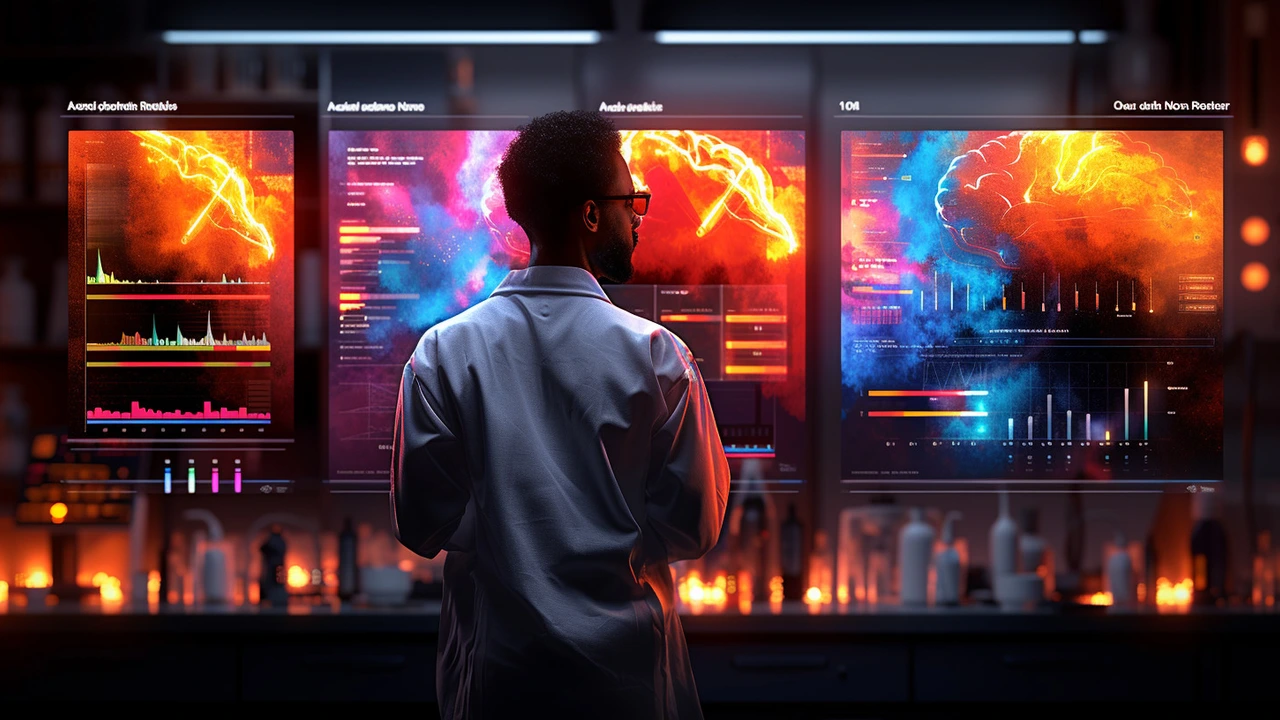Artificial General Intelligence: The AI's Dream Fulfilled

Artificial General Intelligence: The AI's Dream Fulfilled
The Magnificent Rise of Artificial General Intelligence
Not too long ago, the concept of a machine having the ability to reason, learn, adapt and perform any intellectual task that a human being can was confined to the fictional stories of Asimov and Philip K. Dick. Fast forward to today, we are witnessing Artificial General Intelligence (AGI) transitioning from a Sci-Fi dream to a tangible reality.
Much of my professional life and personal fascination has been consumed by this intriguing world of artificial intelligence. My journey has often oscillated between skepticism and fascination, with a healthy dose of each keeping me grounded in reality.
AGI is an advanced form of AI, capable of outperforming humans in most economically valuable work. It's the type that not only creates fascinating virtual chess champions but is also capable of understanding, learning, and independently solving any given task, regardless of the specificity of the niche in which it was initially trained.
Having a machine that can pick up a medical textbook, understand the content, apply the knowledge to diagnose a complex medical case, and then maybe switch to fixing your leaky faucet is what AGI is all about!
The Good, The Bad, and The Robotic
Like any technological innovation, AGI brings about a set of opportunities and challenges. On the one hand, we have the potential to solve complex societal problems. AGI can help with climate modeling, devise new materials, expedite drug discovery, reduce poverty, and maybe even attain world peace!
On the other hand, there are concerns about job displacement from automation, wealth inequality, security issues, and worries about AGI behavior. The thought of an autonomous robotic system becoming uncontrollable sends a chill down our spines. The reality, though, is a lot more nuanced and worth exploring.
As a blogger immersed in this field, I've had the opportunity to interact with and learn from some brilliant minds working on these very problems. Their work reassures me that we are collectively responsible for nurturing AGI into a collaborative and beneficial tool for humanity.
The Game of Data
How does AGI work? It all comes down to data. Our human intelligence is formed by years of input—every conversation, every image, every mistake, every success—in short, every experience shapes our intellect, and AGI works on a similar principle.
By feeding vast amounts of data and using sophisticated algorithms, AGI systems learn to recognize and replicate patterns, make predictions, and improve from feedback. In other words, they become better with more data just like I was getting better with more time I spent on writing and understanding AI.
The Brain Behind the Machine
The driving force behind AGI is the intricate dance of algorithms and data. These algorithms, like neural networks, can help AGI systems understand the world in a way similar to humans. However, training these networks requires vast computational resources
Imagine training a machine to understand a language. The machine, akin to a toddler, doesn't know much to begin with. But as you feed more data (texts, convos, grammar rules, idioms, etc.) into the machine, it starts to understand the nuances of a language, understand context and syntax and before you know it, your machine can understand and generate text as a native language speaker would.
AI Safety and Ethics: Building the Right Robotic Minds
As we inch closer to realizing the dream of AGI, an essential concern is AI safety and ethics. How do we ensure AGI systems align with human values? We've all heard enough dystopian artificial intelligence narratives to fear the invention of an uncontrollable super robot.
I had an opportunity to engage in a discussion on this topic with one of the leading AI philosophers. He joked that if we do not construct the AI's objectives accurately, we risk ending up with a super intelligent AGI solely obsessed with making paperclips! We laughed, but beneath the humor was an important message about the necessity of infusing ethics into AI.
Open AGI: A Collective Quest
Democratizing AGI research is an important focus area. Open AGI—a concept where knowledge and information about AGI research are open for everyone—could lead to equal opportunities and a fair distribution of AGI benefits. It can also help mitigate the arms-race dynamics between countries or companies that may jeopardize AGI safety precautions.
Being part of an open AGI community, I've found it to be a rich melting pot of ideas, critiques, and solutions. It's a powerful reassurance that the path to AGI is being paved by people who are as mindful of its responsibilities as they are excited about its possibilities.
Towards an AI-empowered Future
Stepping out of the lab coats and into reality, we see AGI increasingly embedded in various industries. From personalized learning tools in education to autonomous vehicles in transportation, AGI promises to transform our future.
I sometimes wonder about my place in this new world. As a writer in an AGI-heavy world, would I be collaborating with innovative AI tools, sharing my writing duties with an AGI system, or maybe even debating philosophical ideas with one? Only time will tell.
AGI represents the golden fleece of modern technology. It has the potential to redefine the human-machine relationship, challenge the limits of our intelligence, and herald in an era where machines don't just augment, but authentically mirror and amplify human intelligence. Let's engage, speculate, critique, imagine, and shape the alluring possibilities of Artificial General Intelligence!
About
CH Tech Development is a premier resource for the latest updates and insights in the world of technology development. We provide extensive information, articles, and guides on cutting-edge technological advancements. Explore our site to empower your knowledge about the dynamic field of tech development.
Latest Posts


Programming Techniques: Enhancing Efficiency in the Coding Universe
By Victoria Gillis Apr 5, 2024

Programming Faster: A Skill Worth Mastering
By Audra Bentley Nov 30, 2023

Artificial Intelligence: A New Hope for Wildlife Conservation
By Larissa Bentley Sep 14, 2023

Write a comment